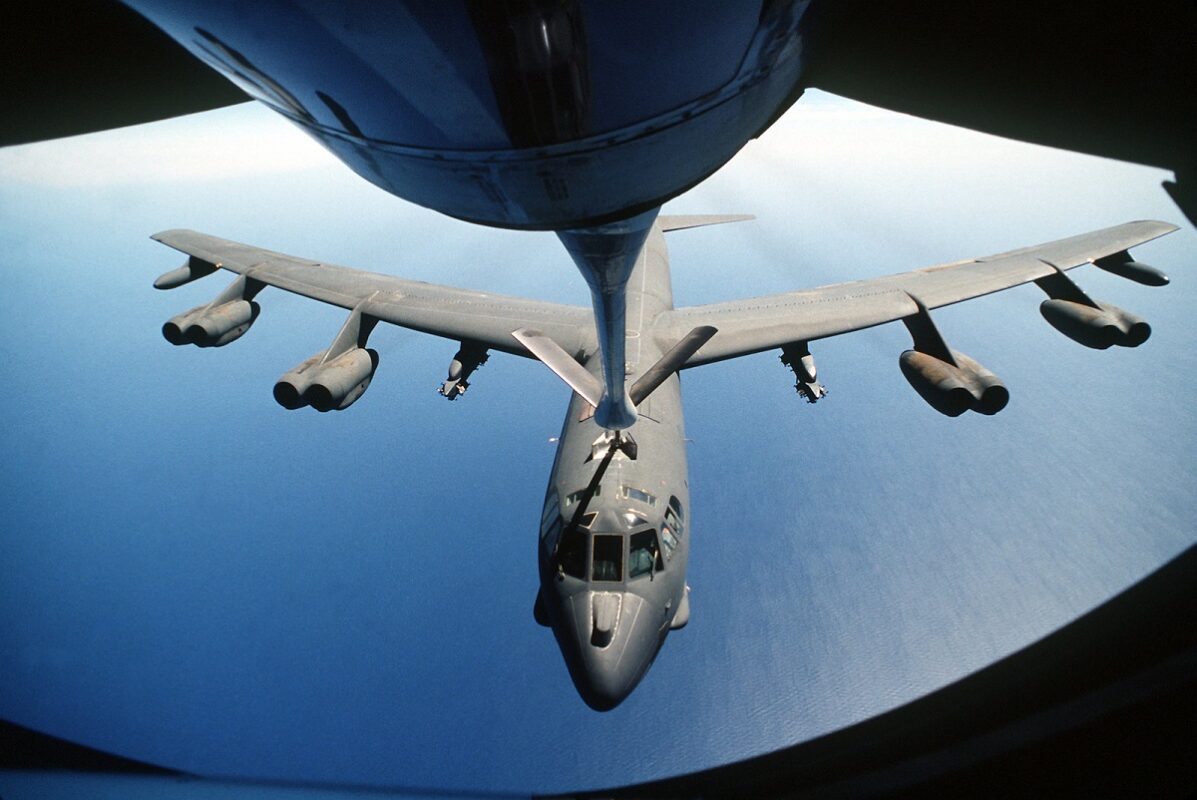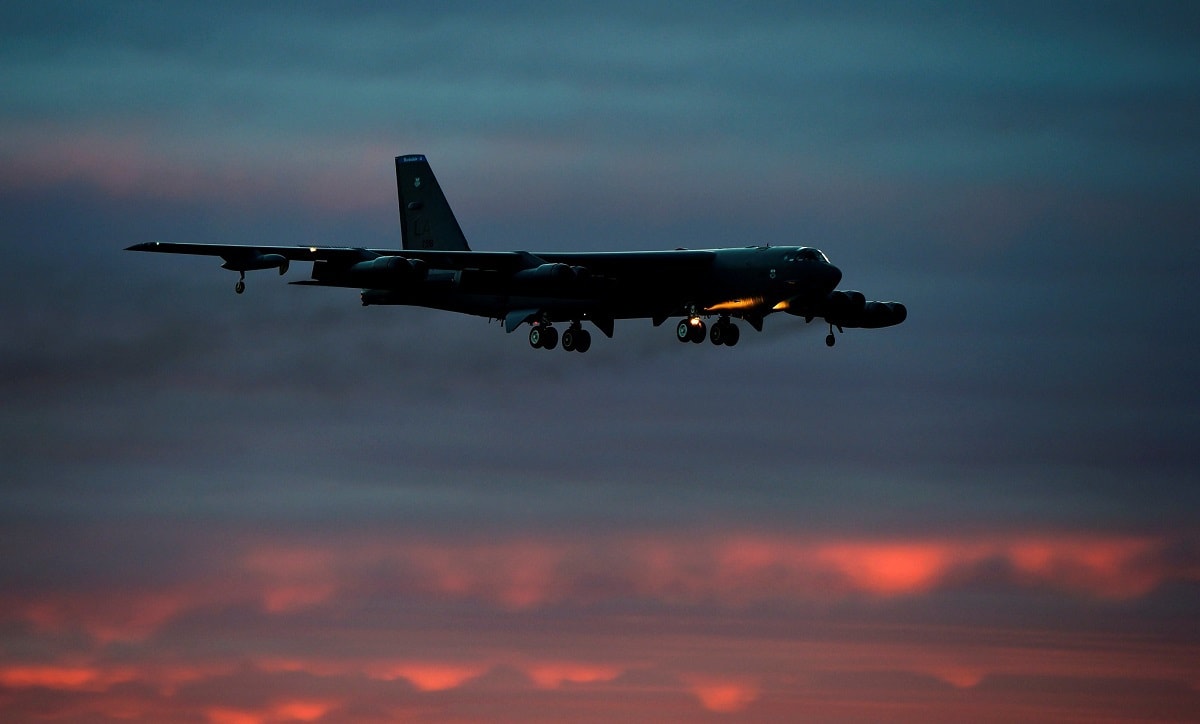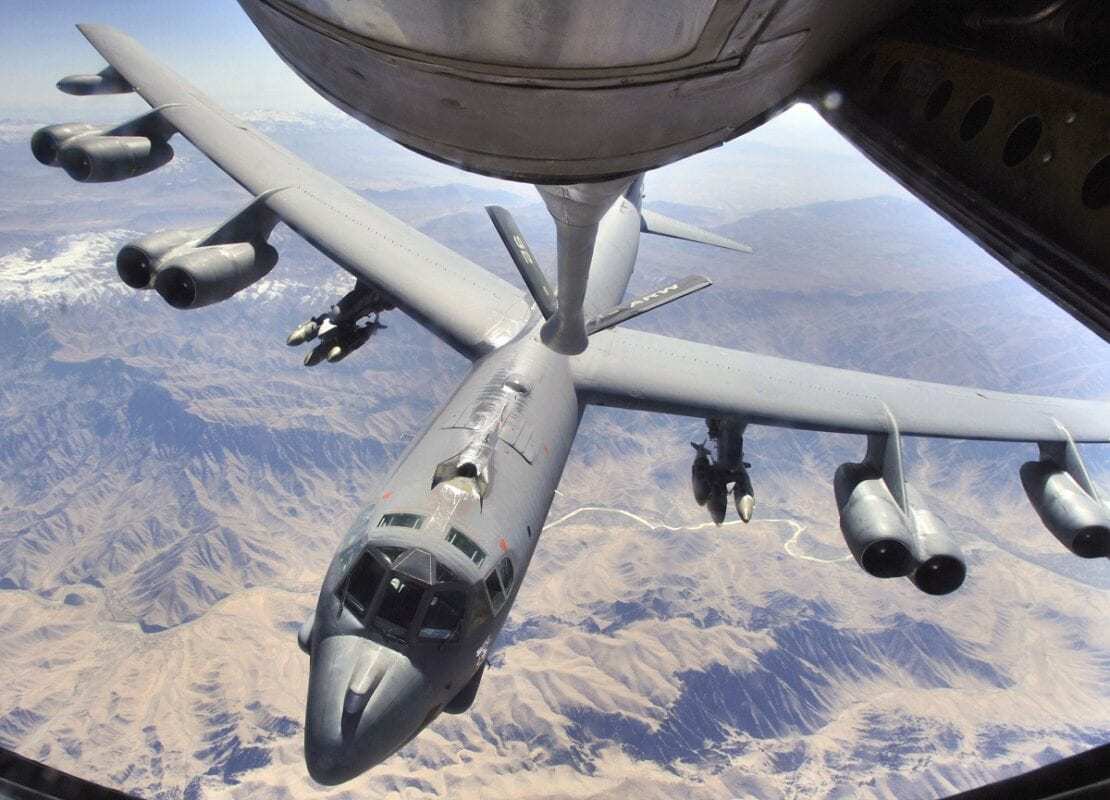16 Jaw-Dropping Images Showcasing the Unstoppable Might of the B-52 Bomber
The B-52 Bomber: A Testament to Time and Costly Upgrades
The B-52 Bomber is truly an amazing aircraft. Despite its age, it continues to fly, a testament to its enduring design since its creation in the 1950s. Surprisingly, the old B-52 Stratofortress could potentially serve close to 100 years if a few critical upgrades, including new engines, keep the aging bomber in the skies.
In this article, we’ll provide the latest coverage of the B-52 and showcase 16 incredible photos that illustrate why this bomber garners such respect.
Sticker Shock for Everyone
In recent weeks, many people have experienced sticker shock when filling up their car’s gas tank or shopping for groceries. Inflation continues to drive up prices for everything, from daily essentials to durable goods. Put simply, most Americans are finding themselves having to do more with less.
Meanwhile, the U.S. military is facing its own version of sticker shock.
According to Air Force Magazine, the cost of upgrading the B-52 Stratofortress has soared well above what some U.S. Air Force officials initially anticipated. The cost of re-engining, a necessary step to keep these aging Cold War-era bombers operational through the 2050s, has reportedly increased by a staggering 50%. And it’s not solely due to rising material costs.
Air Force acquisition executive Andrew P. Hunter acknowledged the price hike for the B-52 Commercial Engine Replacement Program while testifying before the U.S. House Armed Services Committee.
“We currently believe there is cost growth from our design work that we did originally through the middle-tier acquisition program to what we anticipate we’ll be looking at [in] Milestone B,” Hunter said, referring to the stage at which a project’s readiness to enter the engineering and manufacturing development phase is evaluated.
The Rolls-Royce of Engines
Last September, the Air Force announced that Rolls-Royce had been awarded a $2.6 billion Commercial Engine Replacement Program contract to keep the B-52s flying and in service. These new engines were seen as a significant upgrade over the current Pratt & Whitney-made TF33 engines, which date back to the early 1960s. The F130 engine is a tried and tested powerhouse, having accumulated more than 27 million engine flight hours.
“The F130 is the perfect fit for the B-52 with proven reliability, superb life cycle cost, and low integration risk,” the engine’s manufacturer stated when awarded the contract. “A variant of the Rolls-Royce engine selected to power the iconic B-52 is already in service with the USAF around the world, powering both the C-37 and E-11 BACN aircraft.”
Rolls-Royce also announced its use of state-of-the-art digital engineering tools to determine how to incorporate the engines into the aging bombers. The company has already created digital maps of these massive bombers, enabling engineers to model the new engines and figure out how they would interact with other components and systems. Rolls-Royce also exchanged digital models with Boeing, the aircraft’s original manufacturer, to assist engineers in fitting the F130 precisely inside the B-52’s nacelles and determining the optimal placement of new components.
Integration Costs Soar
Hunter emphasized to the House Committee that the cost increases are primarily linked to integrating the new engines onto the B-52s, a task led by Boeing. It has less to do with the engines themselves, which will be built by Rolls-Royce.
“I want to emphasize that a lot of that engineering work is actually inside the airplane, on the support struts to which the engines attach, versus the engine itself, which is largely a commercial engine that already exists,” Hunter said, adding that the engine requires “a modest number of modifications.”
In conclusion, while the B-52 Bomber remains a marvel of aviation history, keeping it operational well into the future is proving to be an expensive endeavor, largely due to the complex task of integrating new engines into the aging airframes. Nevertheless, the B-52’s longevity and capability make it a vital asset for the U.S. Air Force’s strategic missions.
Hits: 70








